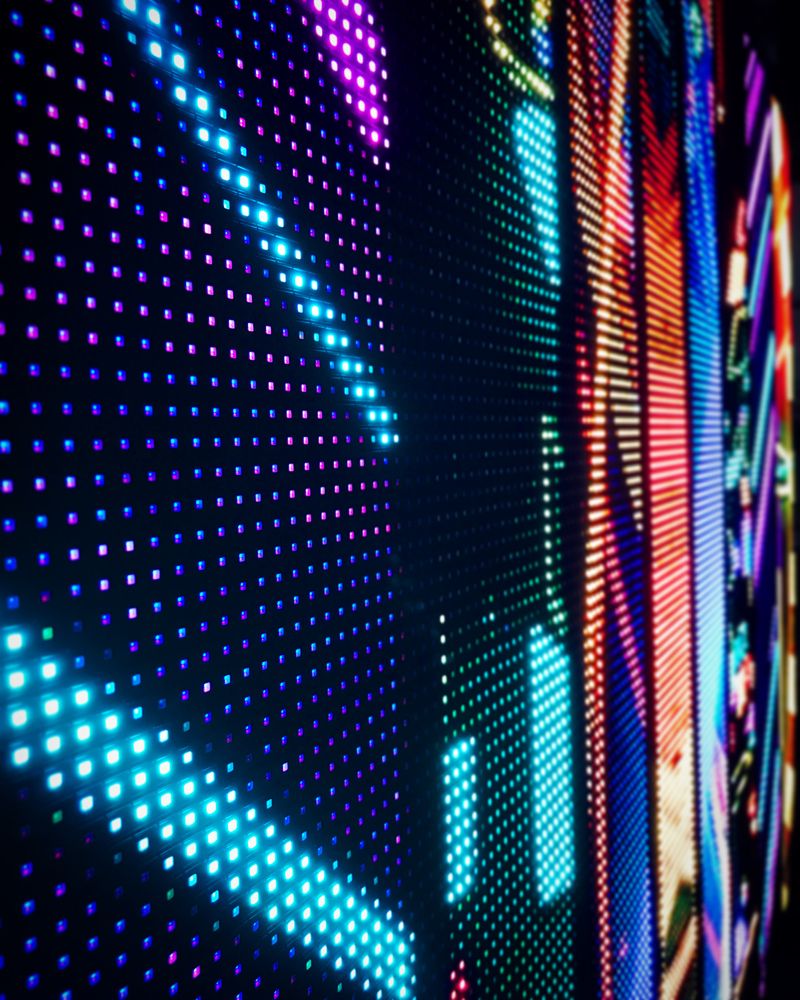Maximizing Visual Effect Through Tactical Content Timing for LED Wall Execution
Wiki Article
Maximizing visual effect throughout light-emitting diode screen shows demands meticulous preparation plus tactical visual timing. Light-emitting diode screens represent potent instruments for visual narration, frequently utilized during musical events, gatherings, and displays. The effectiveness of these displays depends not only on the quality of the visuals yet additionally upon the manner plus timing they are shown. By comprehending the viewers' focus duration and the flow of the event, organizers can create a more engaging encounter that enthralls spectators plus improves the total performance.
One key aspect of tactical visual timing is scheduling. It is essential to align the visuals with the beat and pace of the performance. For instance, during a musical performance, visuals should complement the beat and mood of the music. This synchronization helps to forge a unified encounter that draws the viewers closer. Additionally, it is crucial to consider the duration of each visual segment. Brief, impactful segments can sustain viewer interest, while longer visuals may be suitable for moments of contemplation or sentimental bonding. By altering the length and intensity of the visuals, event planners can maintain the audience interested during the performance.
Another crucial element is the content itself. The visuals displayed on the LED wall should be pertinent to the theme of the performance. This pertinence aids to strengthen the narrative this link being communicated plus makes the experience more memorable for the audience. For example, if the performance is about environmental consciousness, using images that depict nature and wildlife can enhance the message. Furthermore, incorporating dynamic elements, such as motion graphics or engaging visuals, can introduce thrill and maintain the viewers' focus. The right material, presented at the right time, can significantly elevate the impact of the performance.
Audience engagement is also a crucial consideration in content scheduling. Understanding the demographics and preferences of the audience can inform the choice of images. For instance, a youthful crowd may react better to vibrant colors and fast-paced animations, while an older audience might appreciate more subtle and sophisticated images. By customizing the content to the audience's interests, organizers can create a more personalized experience that resonates with viewers. Additionally, incorporating audience participation, such as live polls or social engagements, can additionally improve engagement and make the performance more interactive.
Finally, evaluating the effectiveness of the content scheduling is essential for upcoming shows. Collecting responses from the viewers can provide insightful information into what worked well and what could be improved. This information can help organizers refine their strategies and take knowledgeable choices for upcoming events. By continuously evaluating and modifying the visual timing strategy, event planners can amplify the aesthetic impact of LED wall shows plus craft memorable experiences for their audiences.
